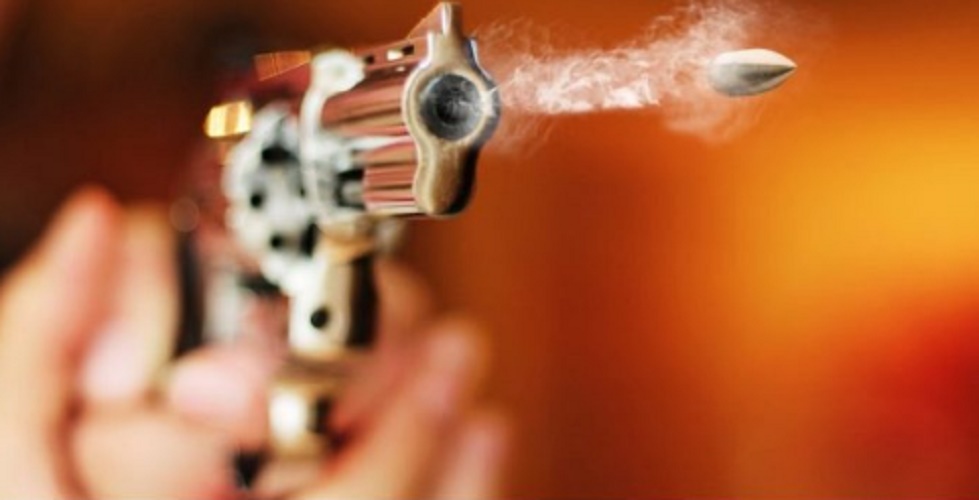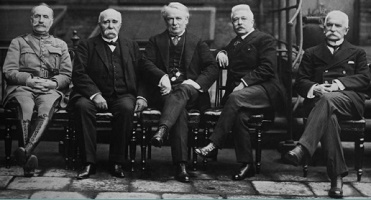What is gunpowder?
We explain what gunpowder is, how it was its invention and the consequences it had. Its types, composition and uses.
-
What is gunpowder?
It is known as gunpowder to a mixture of chemical elements provided with deflagrant properties , that is, fast combustion without explosion, equipped with a low speed flame. This property makes it an ideal element to feed controlled explosions, such as those necessary to propel projectiles or detonate fireworks.
There are its different types,, but generally with that name we refer to black gunpowder, the first explosive known in history . Today there are other forms with low smoke production and higher performance, since the type of chemical combustion reactions that characterize it is much better known.
-
Gunpowder Invention
Paradoxically, it was invented in China , but as an accidental consequence of the search of the Taoists for a potion of immortality. Various theories about the burning of saltpeter and sulfur in Chinese alchemical texts of 492 d. C. they proposed them as eventual purifying substances (hence their name: pinyin , “fire medicine”), although it was their incendiary properties that really made a difference.
In their struggle against the Mongols, Chinese troops handled firearms : rockets, bombs and primitive flamethrowers, many of which passed into the hands of the victorious Mongols and, eventually, those of other peoples of the Middle East and Europe. The first battle in which the Western peoples faced a Mongol army carrying firearms was the battle of Mohi (1241) in which the Kingdom of Hungary was defeated by the Tatar and Mongol invaders.
-
Consequences of the discovery of gunpowder

Its discovery would forever change the military arts of the human being , granting the world a new balance of power, since the troops armed with gunpowder were much more effective than those provided with melee weapons, and possessed much more damage capacity Than arrows, spears and other throwing weapons.
In fact, the use of gunpowder and explosives allowed the emergence of a whole new range of war tools , such as cannons, demolition squads, bombs, mines and a gigantic and diverse arsenal of rifles and guns. For example, the first cannon in history was used by the Ottoman Mamluks in the battle of Ain Jalut in 1260.
-
Types of gunpowder
We can identify the following types of it:
- Black powder . The oldest and the first to be invented, has a rapid reaction, not very powerful and that produces a lot of smoke. After reacting it leaves a lot of waste, which deteriorated firearms.
- Brown gunpowder . Invented in 1880 from the use of red coal and a greater amount of saltpeter, it achieved a slower combustion and less corrosive waste. However, it was never used too much because the white powder arose shortly after.
- White powder . Also called smokeless gunpowder or pyroxylated gunpowder, it has mostly gaseous components for combustion (fruit of nitrocellulose), so it does not leave the same amount of waste as black powder. For that reason, he was replacing it in firearms.
- Gunpowder flash . Recently invented, it was created to generate the necessary light for primitive photography (hence its name), since it has aluminum additives that, when combustion occurs, oxidize and generate more light.
-
Chemical composition of gunpowder
The composition of gunpowder varies according to the type in question. The most common gunpowder, black gunpowder, is composed of 75% potassium nitrate (KNO3), 15% carbon and 10% sulfur. In contrast, modern smokeless gunpowders are made from nitrocellulose (monobasic gunpowder) and nitroglycerin (biblical gunpowder).
-
Uses of gunpowder

Gunpowder is currently used to:
- Manufacture ammunition of firearms, artillery, bombs, mines and other instruments of a military nature.
- Manufacture pyrotechnic games (fireworks) for celebrations and decorative purposes.
- Manufacture detonators and other instruments for the controlled demolition of buildings and structures.
-
Importance of gunpowder
Gunpowder revolutionized the world. He promoted a new era of firearms, forever changing the way we understand war. In addition, it allowed the birth of the study of explosives , which beyond its immediate weapons purposes, would serve to nurture the aeronautical industries, among others.
-
Gunpowder Manufacturing

In order to make the powder , the grinding and uniform mixing of the ingredients (saltpeter, coal and sulfur) is required, in a procedure that was previously done by hand, but which could then be machined using water- driven presses , for example. The ingredients must be ground in a more or less fine powder, since their combustion depends directly on the size of their granulation.
Black powder, for example, was consumed too quickly in European weapons of the fifteenth and sixteenth centuries, which is why it began to be manufactured in uniform but larger grains.
The current gunpowders are manufactured either from nitrocellulose (monobasic) or nitrocellulose and nitroglycerin (biblical), which requires the nitrogenation of vegetable cellulose and its treatment with solvents until obtaining a thin sheet that is then cut into small pieces that are then cut They are dried and prepared for combustion.
-
Gunpowder Risks
Gunpowder, despite its pyrotechnic uses, is a hazardous material. Its combustion, depending on the size of its grains, can occur by a spark, by friction or by percussion , which requires careful handling, especially in large quantities. Gunpowder explosions can cause injuries, deaths and property damage, especially when they occur uncontrollably.
In addition, many of the components underproduced in combustion are polluting in nature, so that the abuse of gunpowder can affect the occurrence of acid rain or deteriorate air quality .
-
Fireworks

Pyrotechnics is also the invention of the Chinese, who used gunpowder for peaceful , entertainment purposes, until they were forced to invent firearms to repel Mongol invaders. Even today, gunpowder is used for these purposes, especially on significant dates, such as the end of the year.
However, there are also specialized forms of pyrotechnics, such as the flares used in rescue or signaling missions , as well as in the anti-hail fight or in the lighting of certain spaces.
-
Firearms
The invention of firearms would not have been possible without the discovery of gunpowder, and dates back to the Chinese dynasties of the 10th and 11th centuries , who adapted iron-reinforced bamboo pipes to fire metal parts at the Mongol invaders. They had previously developed a significant amount of similar weapons, such as bombs, rockets and flamethrowers.
Firearms reached the West over the following centuries and gave European nations the advantage over other enemy peoples , as is the case with the invasion of America during the fifteenth century. Since then, its development and improvement has not ceased, nor has its use in military conflicts around the world.
In addition, the hunting used, facilitating the work and allowing greater shooting range and in the disciplines sport of shooting at the target.
There should not be in human history an invention as deadly as firearms.





